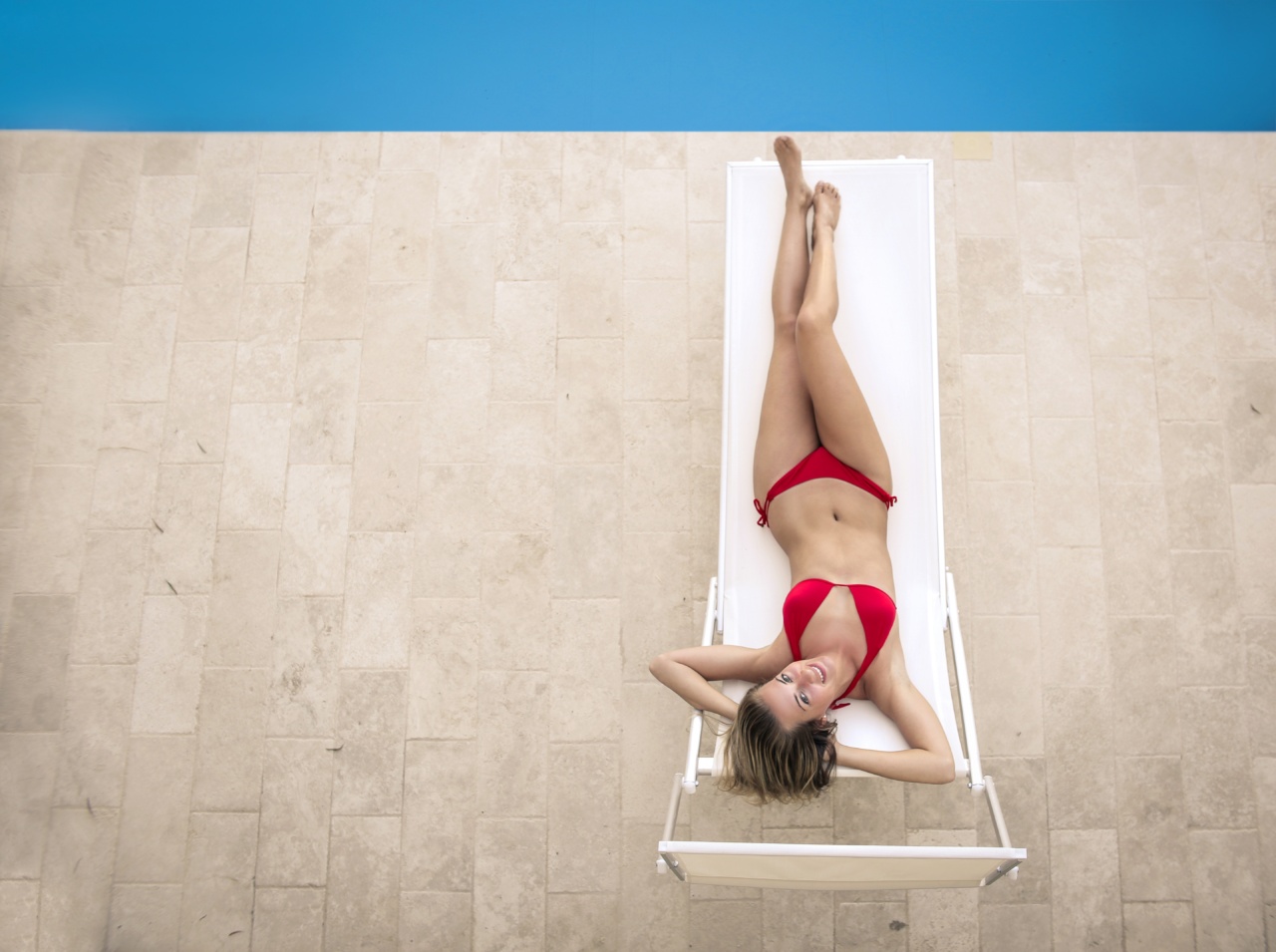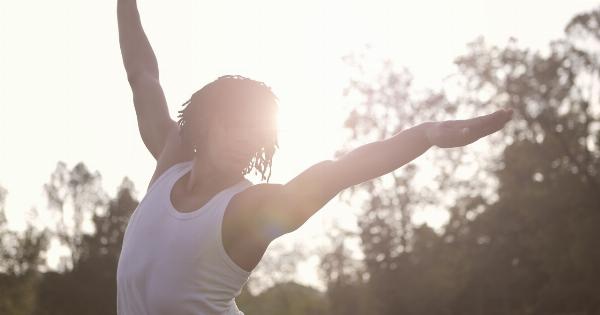Summer can be a fun time for gymnasts to increase their skills and train in new ways. However, summer heat can also pose significant safety risks for gymnasts, especially when it comes to outdoor training and competitions.
To ensure that you stay safe and healthy during the summer months, we’ve compiled a list of 30 tips from gymnastics experts to help keep you cool, hydrated, and protected from the sun’s harmful rays.
Whether you’re training for an upcoming competition or just want to stay active and healthy, these tips are sure to help you stay safe and comfortable in the summer heat.
Hydration
One of the most crucial aspects of staying safe in the summer heat is staying hydrated. Keep these tips in mind to ensure that you drink enough fluids throughout the day:.
1. Drink water before, during, and after training.
Make sure you stay hydrated before, during, and after any training session, especially when it’s hot outside. Start the day with a full glass of water and drink at least one glass every hour during training.
After training, make sure to drink enough water to replenish any fluids lost during your workout.
2. Monitor your urine color.
If your urine is a dark yellow color, you may not be drinking enough water. Aim for pale yellow or clear urine as an indication that you’re staying hydrated enough.
3. Bring a water bottle with you.
Make sure to bring a water bottle with you wherever you go to stay hydrated throughout the day. You can also invest in a hydration pack that allows you to carry water on your back during training or competition.
4. Avoid sugary drinks.
Sugary drinks like soda or juice can dehydrate you, so it’s best to avoid them during training and competition. Stick to water or sports drinks that can help you replenish any fluids lost during your exercise.
Clothing
The right clothing can help you stay cool and comfortable during training, even during the hottest summer months. Keep these tips in mind when dressing for training or competition:.
5. Wear lightweight, breathable clothing.
Cotton and other lightweight, breathable fabrics can help keep you cool and comfortable during training. Avoid heavier fabrics like wool or polyester, which can trap heat and make you feel even hotter.
6. Wear light-colored clothing.
Dark colors absorb more heat than light colors, so it’s best to wear light-colored clothing during training or competition. This will help reflect the sun’s rays and keep you cooler throughout the day.
7. Wear a hat or visor.
A hat or visor can provide shade for your face and help keep you cool during outdoor training and competition. Look for a lightweight, breathable hat or visor that won’t trap heat and make you feel even hotter.
8. Wear sunscreen.
Sunscreen can help protect your skin from the harmful rays of the sun. Look for a high SPF sunscreen of at least 30 and apply it 30 minutes before heading outside. Reapply every two hours or after sweating or swimming.
Sun Safety
The sun’s rays can be harmful to your skin, so it’s important to take steps to protect yourself during training or competition. Keep these tips in mind to stay safe in the sun:.
9. Stay in the shade.
Whenever possible, try to stay in the shade during outdoor training or competition. This will help protect your skin from the sun’s harmful rays and keep you cooler during the hottest parts of the day.
10. Plan outdoor training for early morning or late afternoon.
The sun is at its strongest between 10 a.m. and 4 p.m., so try to schedule outdoor training or competition for early in the morning or later in the afternoon when the sun’s rays are less intense.
11. Use a sun umbrella.
A sun umbrella can provide shade and help keep you cool during outdoor training and competition. Look for an umbrella with a UV protection rating to ensure maximum sun protection.
12. Wear sunglasses.
Sunglasses can help protect your eyes from the sun’s harmful rays and make it easier to see during outdoor training and competition. Look for sunglasses with UVA and UVB protection and consider a wraparound style that provides extra coverage.
Sports Drinks
Sports drinks can help you stay hydrated and replenish any fluids lost during your workout. Keep these tips in mind when using sports drinks:.
13. Use sports drinks during training or competition.
During longer training sessions or competitions, you may need more than just water to stay hydrated. Consider using a sports drink to help replenish fluids lost during your workout.
14. Dilute sports drinks.
Sports drinks can be high in sugar, so it’s best to dilute them to reduce their sugar content. Mix sports drink with water in a 1:1 ratio to help hydrate without consuming too much sugar.
Safety During Outdoor Training
Outdoor training and competition can be a great way to challenge yourself and improve your skills. Keep these tips in mind to stay safe during outdoor training:.
15. Check the weather before heading outside.
Make sure to check the weather forecast before heading outside for training or competition. If there’s a heat advisory or extreme temperatures, it may be best to train indoors instead.
16. Take breaks in the shade.
During outdoor training or competition, be sure to take frequent breaks in the shade to rest and cool down. This will help prevent overheating and heat exhaustion.
17. Listen to your body.
If you start to feel lightheaded, dizzy, or fatigued during outdoor training or competition, it may be a sign that you’re getting overheated. Take a break, rest in the shade, and hydrate before continuing.
18. Cool down with cold water.
If you start to feel overheated during outdoor training or competition, try cooling down with cold water. This can help lower your body temperature and prevent heat exhaustion.
Indoor Training
Indoor training can be a great way to stay cool and protected from the sun during the hottest summer months. Keep these tips in mind for safe and comfortable indoor training:.
19. Check the temperature and humidity inside the gym.
Make sure the gym isn’t too hot or humid before starting your workout. If it’s hot and humid inside the gym, it may be best to postpone your workout until later in the day.
20. Use fans or air conditioning to stay cool.
Turn on any fans or air conditioning units in the gym to help keep you cool during your workout. This will help prevent overheating and heat exhaustion.
21. Take breaks as needed.
Even though you may be training inside, it’s still important to take breaks as needed to rest and hydrate. Don’t push yourself too hard and take breaks when you need them.
Proper Warm-Up and Cool-Down
A proper warm-up and cool-down can help prevent injuries and keep you safe during training. Keep these tips in mind for a safe and effective warm-up and cool-down:.
22. Start with a light jog or walk.
Start your warm-up with a light jog or walk to get your blood flowing and your muscles warmed up. This will help prevent injuries and prepare your body for more intense exercise.
23. Stretch after your warm-up.
After your warm-up, take the time to stretch your muscles to prevent injuries and improve your flexibility. Hold each stretch for at least 20 seconds and don’t push yourself beyond your limits.
24. Cool down with a light jog or walk.
After your workout, cool down with a light jog or walk to bring your heart rate back down and prevent dizziness or fainting.
25. Stretch after your cool-down.
After your cool-down, take the time to stretch your muscles again to prevent injuries and improve your flexibility. Hold each stretch for at least 20 seconds and don’t push yourself beyond your limits.
Proper Nutrition
Good nutrition can help you stay healthy and energized during training and competition. Keep these tips in mind for good nutrition:.
26. Eat a balanced diet.
Eat a balanced diet that includes plenty of fruits and vegetables, lean protein, and complex carbohydrates to fuel your body during your workout.
Avoid processed foods, fried foods, and sugary snacks that can drain your energy and make it harder to train effectively.
27. Snack on healthy foods throughout the day.
Snack on healthy foods like nuts, fruit, and yogurt throughout the day to keep your energy levels up and prevent feeling hungry or fatigued during your workout.
28. Avoid heavy meals before training and competition.
Heavy meals can make you feel sluggish and bloated during your workout, so it’s best to avoid them in the hours before training or competition. Stick to light, easy-to-digest meals to avoid feeling heavy or uncomfortable.
Proper Sleep
Getting enough sleep is crucial for rest and recovery during training and competition. Keep these tips in mind for proper sleep:.
29. Get at least 8 hours of sleep per night.
Aim for at least 8 hours of sleep per night to help your body recover and prepare for training and competition.
30. Take naps when needed.
If you’re feeling tired or fatigued during the day, take a nap to help you feel more energized and alert. A 20-30 minute nap can help improve your focus and boost your energy levels.
Conclusion
Summer heat can pose significant safety risks for gymnasts, but with these 30 tips from gymnastics experts, you can stay cool, hydrated, and protected from the sun’s harmful rays.
Whether you’re training for an upcoming competition or just want to stay active and healthy during the summer months, these tips are sure to help you stay safe and comfortable while you exercise your gymnastics skills.































